
About SWAMIH Fund:
- The Special Window for Affordable and Mid-Income Housing (SWAMIH) Investment Fund I is a social impact fund specifically formed for completing stressed and stalled residential projects.
- The Fund is sponsored by the Ministry of Finance, Government of India.
- It is managed by SBICAP Ventures Ltd., a State Bank Group company.
- It has one of the largest domestic real estate private equity teams focused only on funding and monitoring the completion of stressed housing projects.
- It is a Category-II AIF (Alternate Investment Fund)debt fund registered with the Securities and Exchange Board of India.
Eligibility criteria for funding
- Real estate project must be registered under the Real Estate (Regulation and Development) Act (RERA) 2016.
- Project must be classified as a non-performing asset (NPA) or be under insolvency proceedings.
- The project should have been declared as a "stalled" or "delayed" project by a competent authority.
- The fund is available only for projects that fall under the affordable and mid-income housing categories.
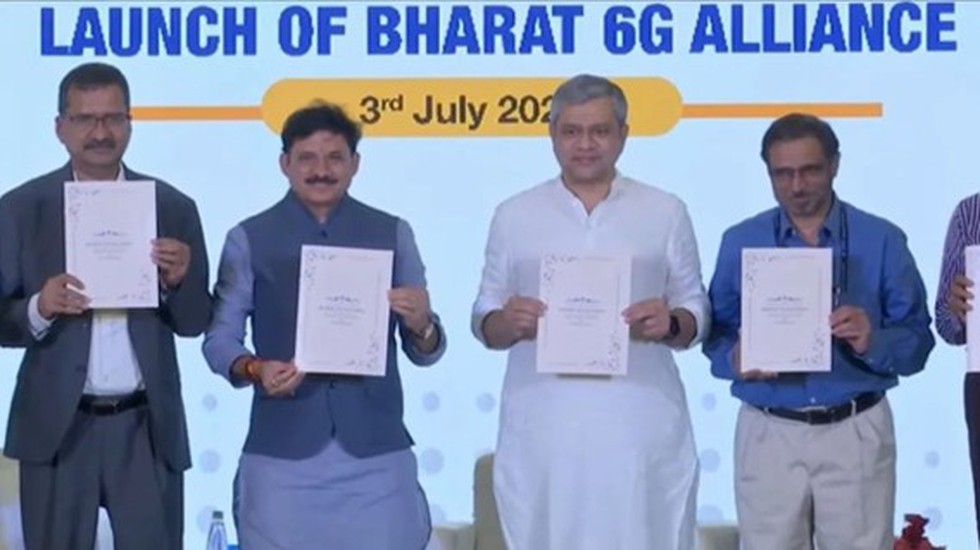
About Bharat 6G Alliance:
- It is a collaborative platform which aims to achieve universal and affordable connectivity, promote indigenous technology, and establish India as a global leader in the telecom sector.
- This platform consists of public and private companies, academia, research institutions, and standards development organizations, aims to lead the development and deployment of 6G technology in India.
- It will forge coalitions and synergies with other 6G Global Alliances, fostering international collaboration and knowledge exchange.
- Aim: To bring together Indian startups, companies, and the manufacturing ecosystem to establish consortia that drive the design, development and deployment of 6G technologies in India.
- One of the key goals of B6GA is to facilitate market access for Indian telecom technology products and services, enabling the country to emerge as a global leader in 6G technology.
- Funding for 6G technology projects: To support the advancement of 6G technology, the government has allocated a grant of 240.51 crores through the Telecom Technology Development Fund scheme.
What is the Telecom Technology Development Fund?
- It was launched in 2022.
- Under this 5% of annual collections from Universal Service Obligation Fund (USOF) will be available for TTDF Scheme for funding research & development of technologies, products, and services.
- The scheme is envisaged to bridge digital divide by developing and manufacturing state-of-the-art technologies and to form synergies among academia, start-ups, research institutes, and the industry to build and develop the telecom ecosystem
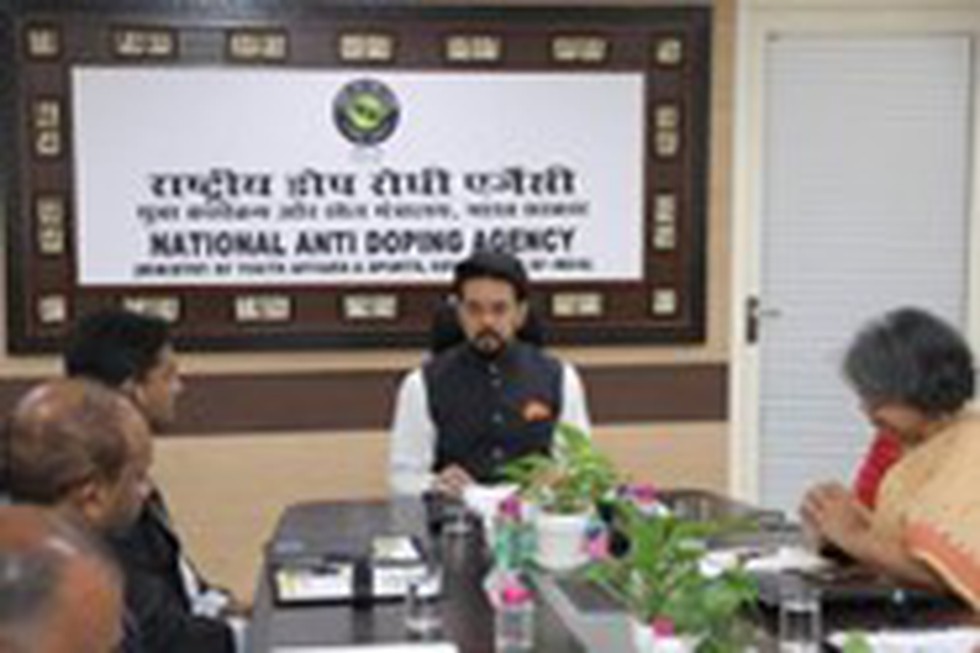
About South Asia Regional Anti-Doping Organization (SARADO):
- It was formed on 16th May 2007 in the South Asian Anti-Doping Program Project Development Meeting held in Maldives.
- Member countries: Bangladesh, Bhutan, Maldives, Nepal and Sri Lanka.
- Mission: To promote and co-ordinate the fight against doping in sport in all its forms in among South Asia RADO member countries.
What are the objectives of the recent MoU?
- The MoU, through the project plan and areas of cooperation, aims to fulfil the following objectives over a period of three years:
- Developing an anti-doping education & prevention program in South Asia;
- Training & upskilling sample collection personnel, educators & other anti-doping education officers;
- Organizing courses, seminars, workshops, research & exchange tours on anti-doping education & prevention;
- Facilitating exchange of education officers, program managers, trainers, teachers and specialists on anti-doping education & prevention.
- Supporting anti-doping education activities and exchanging services of experts.
Key Facts about NADA
- It was established by the Government of India, with the objective of acting as the independent Anti-Doping Organization for India having a vision of dope-free sports.
- It was set up as a registered society under the Societies Registration Act of 1860 on November 2005.
- The primary functions of NADA are as under:
- To implement the Anti-Doping Code to achieve compliance by all sports organizations in the Country.
- To coordinate dope testing program through all participating stakeholders.
- To promote anti-doping research and education to inculcate the value of dope free sports.
- To adopt best practice standards and quality systems to enable effective implementation and continual improvement of the program.

About eSARAS App:
- It is an e-commerce mobile app which will be used as a more effective platform for marketing of the products made by women of self-help groups.
- It is an initiative conceptualized by the DAY-NRLM, Ministry of Rural Development (MoRD), towards the marketing of the best, authentic handicrafts and hand-looms.
- This initiative promotes the spirit of Vocal for Local even further with easier marketing of products prepared by SHGs
- Along with that eSARAS Fulfilment Centre was also inaugurated.
- These centres will be managed by the Foundation for Development of Rural Value Chains (FDRVC - a Not for Profit Company constituted jointly by Ministry of Rural Development and Tata Trust).
- This centre will be used for processing, packaging and shipping of products that customers purchase through the eSARAS Portal and eSARAS mobile App.
- It will handle the logistics required to bring an online order to a customer's doorstep.
Key Facts about DAY-NRLM scheme.
- Deendayal Antyodaya Yojana - National Rural Livelihoods Mission (DAY-NRLM) is the flagship program of the Ministry of Rural Development.
- Its aim is promoting poverty reduction through building strong institutions for the poor, particularly women, and enabling these institutions to access a range of financial services and livelihoods.
- Key Features:
- Universal Social Mobilisation: At least one-woman member from each identified rural poor household, is to be brought under the Self-Help Group (SHG) network in a time bound manner.
- Participatory Identification of Poor (PIP): All households identified as poor through the PIP process is the NRLM Target Group and is eligible for all the benefits under the programme.
- Community Funds as Resources in Perpetuity: NRLM provides Revolving Fund (RF) and Community Investment Fund (CIF) as resources in perpetuity to the institutions of the poor, to strengthen their institutional and financial management capacity.
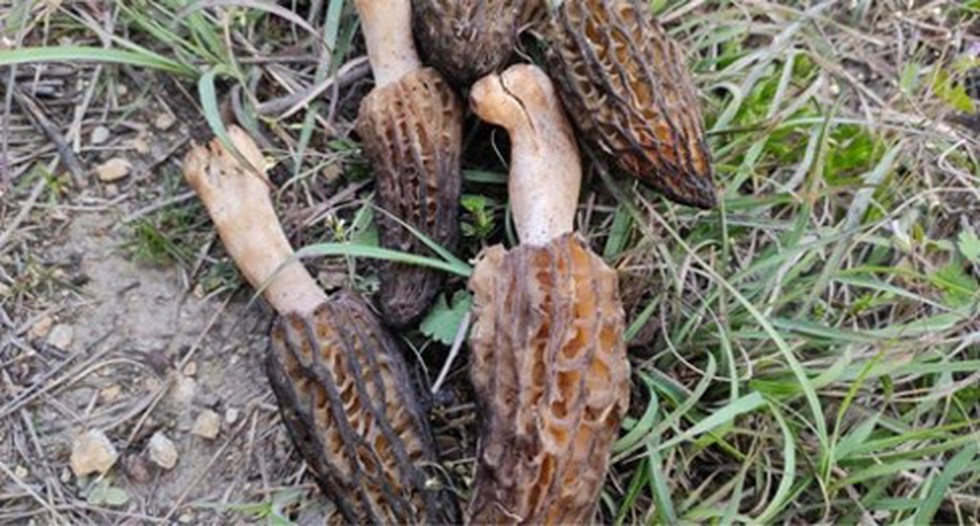
About Gucchi mushroom:
- It is a species of fungus in the family Morchellaceae of the Ascomycota.
- It is also known as morel.
- They are pale yellow in colour with large pits and ridges on the surface of the cap, raised on a large white stem.
- Ideal weather conditions for the great morel are daytime temperature is between 15 and 20 Celsius and night-time temperatures are in the five to nine.
- It cannot be cultivated commercially and grow in conifer forests across temperature regions, and the foothills in Himachal Pradesh, Uttaranchal, and Jammu and Kashmir.
- These mushrooms usually grow in clusters on logs of decaying wood, leaves or humus soil.
- They may or may not grow in the same spot the next season, which only makes the process of collection more tedious.
- It is known to be one of the most expensive mushrooms.
What are the health benefits?
- They are rich in potassium, vitamins and copper.
- They are also a rich source of vitamin D apart from several B-vitamins.
- It is further rich in antioxidants that prevent health issues including heart diseases and diabetes by removing reactive oxygen species that harm the body.

About Supermoon:
- A supermoon occurs when the Moon’s orbit is closest to the Earth at the same time that the Moon is full.
- As the Moon orbits the Earth, there is a point of time when the distance between the two is the least (called the perigee when the average distance is about 360,000 km from the Earth) and a point of time when the distance is the most (called the apogee when the distance is about 405,000 km from the Earth).
- Now, when a full Moon appears at the point when the distance between the Earth and the Moon is the least, not only does it appear to be brighter but it is also larger than a regular full moon.
- The term "Supermoon" was coined by astrologer Richard Nolle in 1979, defining it as a special event when a full moon is within 90 percent of its closest point to Earth.
- In a typical year, there may be two to four full supermoons and two to four new supermoons in a row.
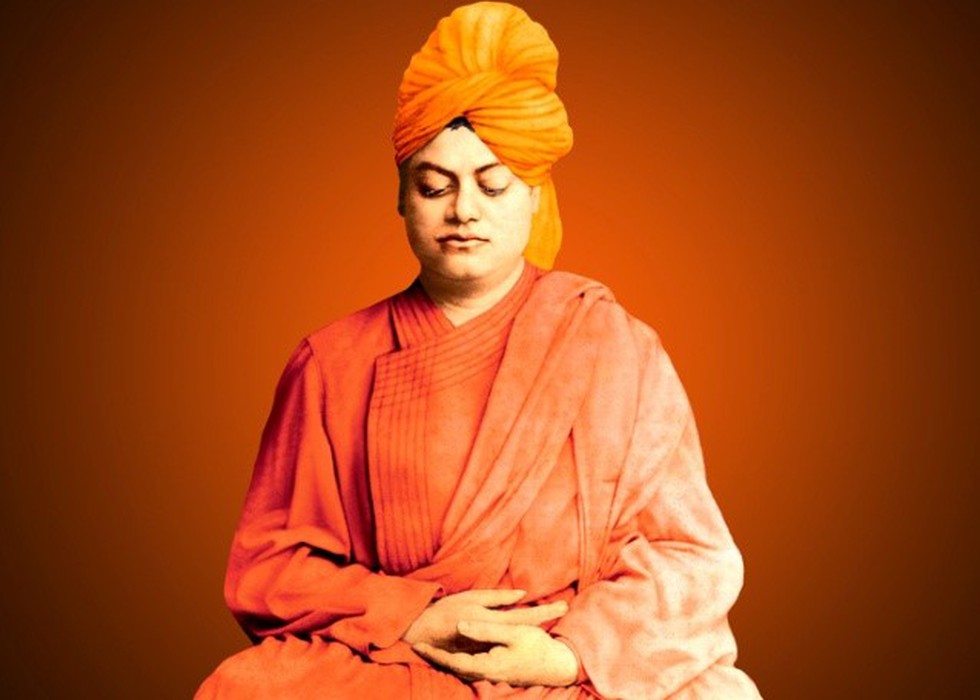
About Swami Vivekananda:
- Swami Vivekananda (1863 – 1902), born Narendranath Datta, was a Hindu monk and one of the most celebrated spiritual leaders of India.
- He was the foremost disciple of Sri Ramakrishna Paramhansa and a world spokesperson for Vedanta.
- He was hailed as a Dhyana Siddha, a meditation expert, by his guru Ramakrishna Paramhansa.
- He attempted to combine Indian spirituality with Western material progress, maintaining that the two supplemented and complemented one another.
- He believed that the path to self-purification is through helping others. He encouraged people to engage in selfless service and to work towards the betterment of society.
- Through his teachings on the four Yogas, the harmony of religions, divinity of the soul, and serving humanity as God, Vivekananda gave spiritual aspirants paths to that realization.
- Vivekananda represented Hinduism at the 1893 World’s Parliament of Religions convened during the World’s Columbian Exposition in Chicago.
- After his first visit to the West, Swami Vivekananda went back to India and founded the Ramakrishna Order at Belur outside of Kolkata in 1897.
Ramakrishna Order:
- The Ramakrishna Order, with headquarters in Kolkata, is one of the largest and most respected religious orders in India today.
- The Order was inspired by the great Bengali saint, Sri Ramakrishna.
- Shortly before his death in 1886, Ramakrishna encouraged his young disciples to formally renounce the world by giving them the ochre cloth of renunciation.
- He entrusted the care of these young men to his foremost disciple, Swami Vivekananda, who later, in 1897, founded the Ramakrishna Order.
- The Ramakrishna Order was formed along two parallel lines: The Ramakrishna Math, which is primarily dedicated to spiritual development, and the Ramakrishna Mission, which is dedicated to social service.
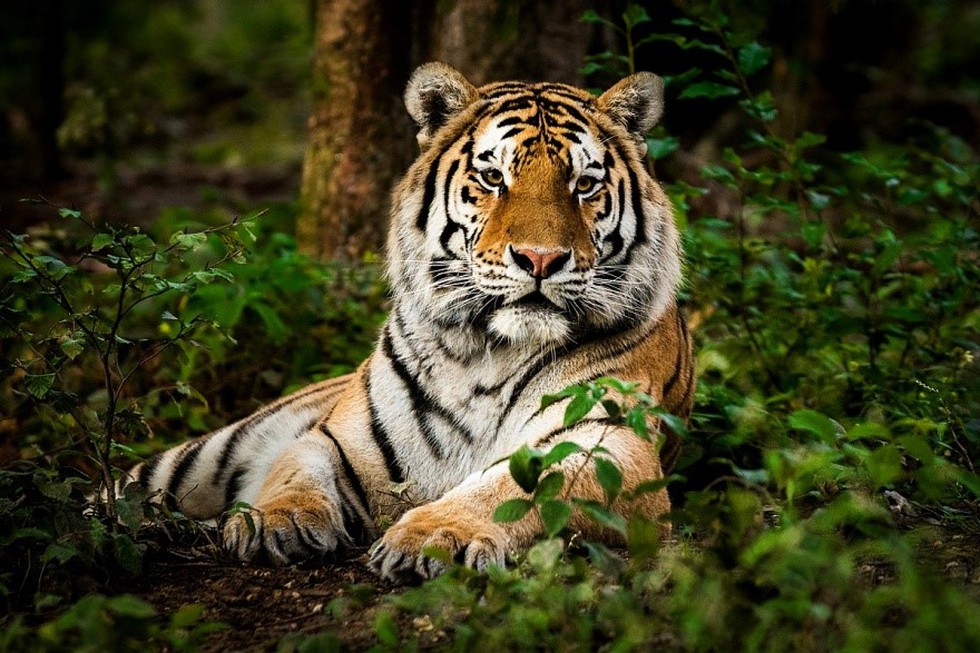
About Pilibhit Tiger Reserve:
- Location:
- It is located in Pilibhit District, Lakhimpur Kheri District and Bahraich District of Uttar Pradesh.
- It lies along the India-Nepal border in the foothills of the Himalayas and the plains of the ‘terai’ in Uttar Pradesh.
- It was declared a Tiger Reserve in September 2008.
- Drainage: The river Gomti originates from the reserve, which is also the catchment of several others like Sharda, Chuka and Mala Khannot.
- The Sharda Sagar Dam extending up to a length of 22 km (14 mi) is on the boundary of the reserve.
- Habitat: It is characterized by sal forests, tall grasslands and swamps, maintained by periodic flooding from rivers.
- Vegetation: North Indian moist deciduous type.
- Flora:
- The sal woodland is very dense with good natural regeneration, amounting to almost 76% of the reserve area.
- The forest patches are interspersed with grass meadows with several species like Sacchrum, Sclerostachya, Imperata, Themeda, Bothriochloa, Vetiveria, Apluda, Dichanthium, Digitaria and Cyperus.
- Fauna: It is home to a myriad of wild animals including the endangered tiger, swamp deer, Bengal florican, hog deer, leopard, etc.
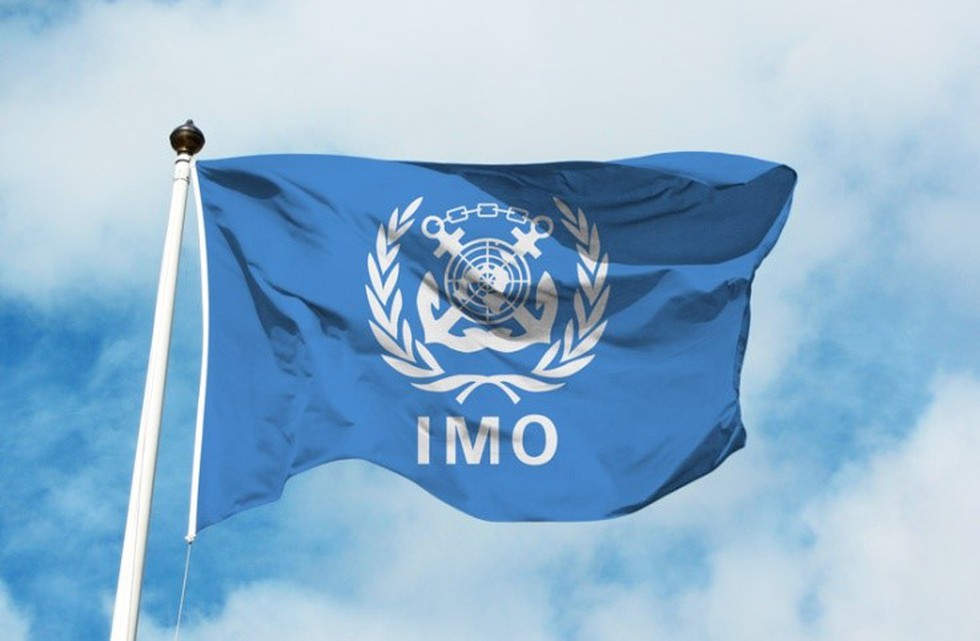
About International Maritime Organisation (IMO):
- IMO is a specialized agency of the United Nations which is responsible for measures to improve the safety and security of international shipping and to prevent pollution from ships.
- IMO is the global standard-setting authority for the safety, security and environmental performance of international shipping.
- Its main role is to create a regulatory framework for the shipping industry that is fair and effective, universally adopted and universally implemented.
- It has an integral role in meeting the targets set out in United Nations Sustainable Development Goal (SDG) 14: Conserve and sustainably use the oceans, seas and marine resources for sustainable development.
- Formation: It was established as the Inter-Governmental Maritime Consultative Organization (IMCO) in 1948, became a specialized agency of the United Nations in 1959 and was renamed International Maritime Organization in 1982.
- Membership: It currently has 174 Member States.
- Headquarters: London.
- Structure:
- The work of the IMO is carried out by the IMO Secretariat, Member States, IGOs, and NGOs.
- The daily operations of the IMO, including meeting coordination and preparation, is conducted by the IMO Secretariat, led by the Secretary-General and assisted by a staff of 300 international civil servants.
- The Member States, IGOs, and NGOs are represented at the IMO during the various IMO meetings (Assembly, Council, 5 Committees, and 7 Sub-Committees)
- Assembly: It is the highest Governing Body of the IMO. It consists of all Member States, and it meets once every two years in regular sessions. The Assembly is responsible for approving the work program, voting the budget and electing the Council.
- Council: It is the Executive Organ of the IMO and is responsible, under the Assembly, for supervising the work of the Organization.
- Committees: The five policy-making committees are responsible for the development, review, updating, and approval of the organization’s guidelines and regulations.
- Funding: Funding for the IMO comes from contributions by member states, as well as voluntary donations and commercial activities.
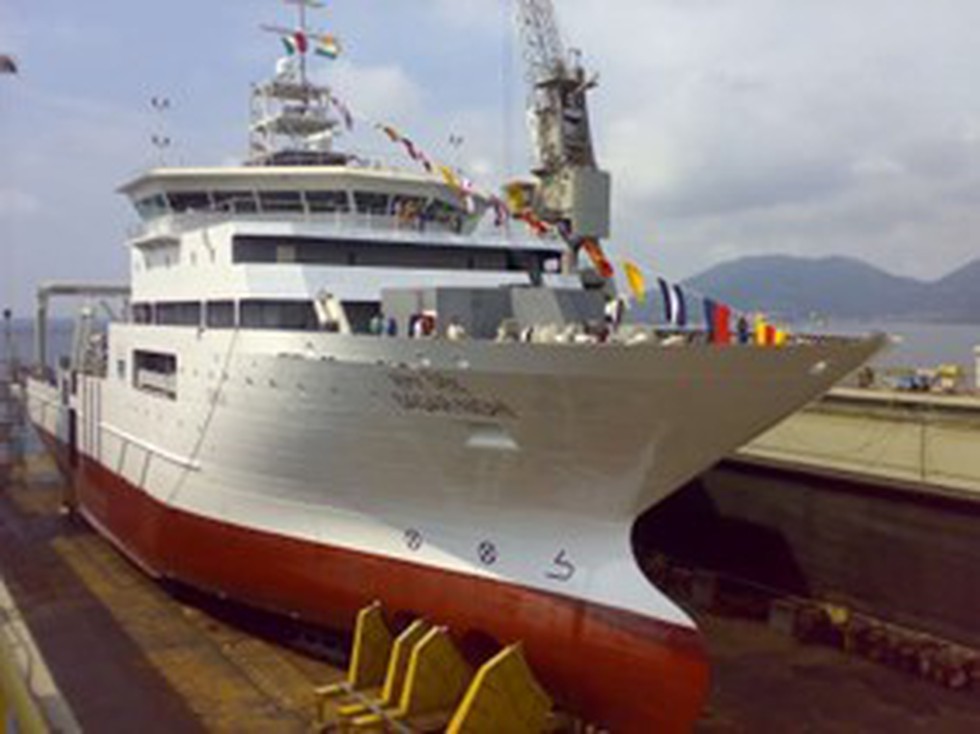
Why in News?
- The event took place under the framework of the Colombo Security Conclave (CSC) between the nations of the Indian Ocean Region (IOR).
About Sagar Nidhi:
- Ocean Research Vessel (ORV) Sagar Nidhi is a multidisciplinary vessel operated by the National Institute of Ocean Technology, Ministry of Earth Sciences.
- It was built in 2007 by Fincantieri, Italy.
- It is India’s third research vessel after Sagar Purvi and Sagar Paschimi.
- Features:
- It is 104 metres long and 18 metres wide.
- It is powered by fully automatic diesel-electric propulsion.
- It is designed with blue-water capability with ranges of up to 10,000 nautical miles (19,000 km) for voyages lasting up to 45 days.
- It is equipped to launch submersible capsules capable of taking scientists to a depth of six km below sea level.
- Uses:
- The vessel is capable of carrying out geo-scientific, meteorological and oceanographic research.
- The vessel would be used for launching tsunami monitoring systems and remotely operable vehicles, for identifying mines and gas hydrates.
- It would provide a cutting-edge reference point for the study of marine theatres of operation, including tropical and polar environments.
What is the Colombo Security Conclave?
- The Colombo Security Conclave was formed in 2011 as a trilateral maritime security grouping of India, Sri Lanka and the Maldives.
- The roadmap of activities was later expanded, with Mauritius joining as the fourth member and Bangladesh & Seychelles participating as observer countries.
- The Conclave underlines regional cooperation and shared security objectives concerning all littoral nations in the Indian Ocean Region (IOR).
- It aims to make maritime security, marine pollution response and maritime search & rescue priorities for the region.


.png)
.jpg)
.png)
























































































































































.png)
.png)
.png)
.png)
.png)


.png)
.png)
.png)





.png)
.png)






.png)
.png)
.png)
.png)
.png)
.png)
.png)
.png)
.png)

.png)







.png)
.png)


.png)
.png)
.png)


.png)

.png)
.png)





.jpg)

.png)
.png)


.png)

.png)
.png)
.png)

.jpg)

.jpg)


.png)

.png)
.png)
.png)
.png)
.png)
.png)
.png)
.png)
.png)
.png)




.png)

.png)





.png)
.png)
.png)
.png)
.png)
.png)
.png)
.png)
.jpg)

.png)
.png)
.png)
.png)
.png)
.png)
.png)
.png)
.png)
.png)
.png)
.png)
.png)
.png)
.png)
.png)
.png)
.png)
.png)
.png)
.png)
.png)



.png)
.png)

.jpg)
.jpg)


.jpg)
.jpg)
.jpg)
.jpg)
.jpg)

.jpg)








.jpg)
.jpg)
.jpg)
.jpg)
.jpg)

















.jpg)
.jpg)







.jpg)


















.jpg)
.jpg)






























































































.jpg)
.jpg)


























.jpg)

.jpg)










.jpg)








.jpg)




.jpg)










.jpg)


















.jpg)












































.jpg)














.jpg)
.jpg)
.jpg)





.jpg)

.jpg)
.jpg)





































































.jpg)


































.jpg)
.jpg)
















































.jpg)












.jpg)


.jpg)




.jpg)
.jpg)
.jpg)

.jpg)
.jpg)
.jpg)
.jpg)

.jpg)
.jpg)
.jpg)

.jpg)
.jpg)
.jpg)
.jpg)
.jpg)
.jpg)
.jpg)
.jpg)

.jpg)


.jpg)
.jpg)
.jpg)
.jpg)
.jpg)
.jpg)
.jpg)
.jpg)
.jpg)
.jpg)











.jpg)
.jpg)





.jpg)
.jpg)
.jpg)
























.jpg)
























.jpg)









.jpg)
.jpg)







.jpg)
.jpg)









































.jpg)
.jpg)
.jpg)
.jpg)
.jpg)

.jpg)
.jpg)
.jpg)
.jpg)
.jpg)


.jpg)
.jpg)
.jpg)
.jpg)
.jpg)

.jpg)
.jpg)
.jpg)
.jpg)
.jpg)
.jpg)
.jpg)
.jpg)
.jpg)
.jpg)
.png)

.png)
.png)

.png)
.png)
.png)
.png)


.jpg)
.jpg)

.jpg)
.jpg)
.jpg)

.png)
.png)
.png)
.png)
.png)
.png)
.png)

.png)
.png)
.png)
.png)
.png)
.png)
.png)
.png)
.png)
.png)





































































-min.png)



.png)




.png)








































